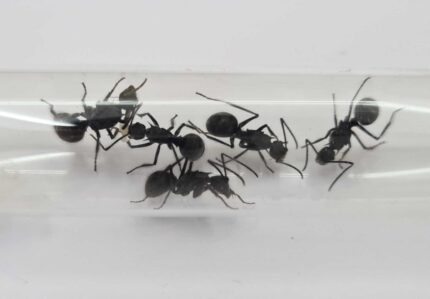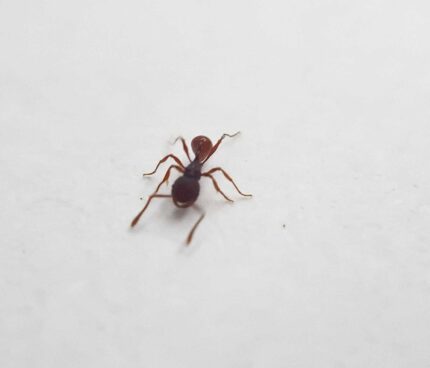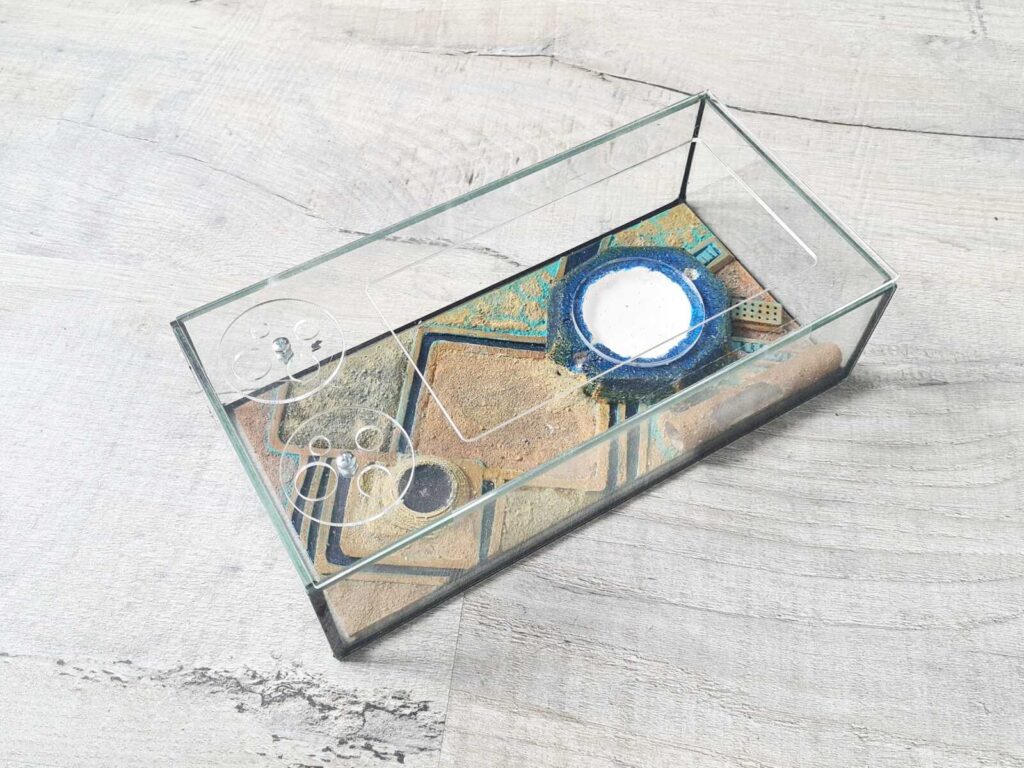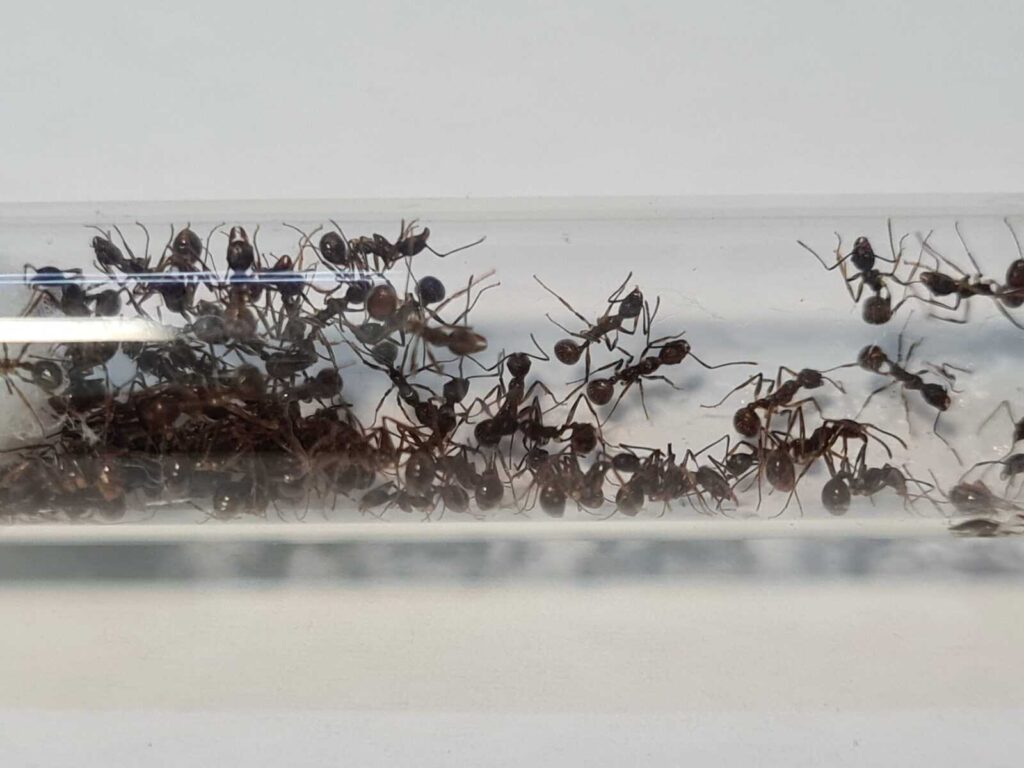Polyrhachis thrinax
299,90 zł – 479,90 zł
Worldwide shipping
Free delivery over 999 PLN
The highest quality of goods
Live delivery guarantee
24/7 Personal Support
Fair Prices
Description
Polyrhachis thrinax is a polyogynous ant species with colony sizes of up to 5000 workers. They have a fast development speed and the queen measures 7-9 mm while the workers measure 4-6 mm. They have an orange color and their diet consists of food insects, syrup, fruit, vegetables, jelly, and cooked chicken without salt. Humidity requirements are not specified.
Additional information
| Behavior | |
|---|---|
| Difficulty in breeding | |
| Origin | |
| The size of ants | |
| Wintering |
Polyrhachis thrinax Ants
Colony Type: Polygyny
Colony Size: Up to 500 workers
Development Speed: Fast
Size:
- Queen: 7-9 mm
- Workers: 4-6 mm
Color: orange
Nutrition and Feeding
- Food insects (such as cockroaches and crickets) dead, or live if colony is big
- Syrup (a mixture of water and honey or sugar, with a ratio of 4/3 water:1)
- Fruits and vegetables
- Jelly
- Cooked chicken without salt, shrimps
- Honey
Humidity and Temperature:
- Humidity: Arena: 50-70%, Nest: 70-90%
- Temperature: Arena: 25-30 °C, Nest: 24-28 °C
Habitat and Nesting
Polyrhachis thrinax ants are known for building nests on trees and other plants. Their nests are constructed by the larvae, which contribute to the formation of intricate structures. These ants are quite aggressive and highly active, constantly tending to their nests and foraging for food. Providing them with a spacious and secure habitat will allow them to exhibit their natural behaviors.
Recommended Nesting Materials
When setting up a colony of Polyrhachis thrinax ants, it is essential to provide them with suitable nesting materials. The following materials are recommended:
- Acrylic
- Plaster
- Aerated concrete
These materials offer the ants a secure and comfortable environment to build and expand their nests. Choose a suitable material based on your preferences and the ants’ needs.
Conclusion
Polyrhachis thrinax ants are a captivating species that thrive in polygynous colonies. Their small size, vibrant orange color, and fast development speed make them an intriguing addition to any ant enthusiast’s collection. By providing them with proper nutrition, humidity, temperature, and nesting materials, you can create an optimal environment for their well-being. Discover the wonders of Polyrhachis thrinax ants by observing their fascinating behaviors and witnessing their remarkable nest-building abilities. Visit our ants category for more information on ant species and care.











There are no reviews yet.